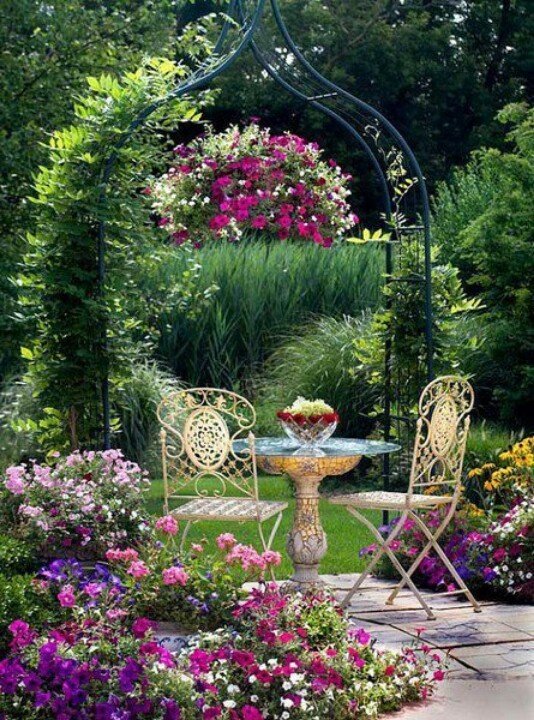Curating a beautiful garden with rare plants involves meticulous planning, dedication, and a deep appreciation for horticultural diversity. TheGlitz tells you how…
Begin by researching the specific needs of each plant, ensuring they thrive in your local climate and soil conditions. For instance, black roses require full sun and well-drained soil, while camellias prefer partial shade and acidic conditions. Thoughtfully design the garden layout to accommodate these needs, placing sun-loving plants in the brightest spots and shade-tolerant varieties in protected areas. Prepare the soil with rich compost and organic matter to provide a fertile foundation. Plant each specimen with care, allowing ample space for growth and airflow. Regular maintenance, including watering, mulching, pruning, and pest management, is essential to keep your garden healthy and vibrant. By harmonizing the unique characteristics and blooming cycles of each rare plant, you can create a stunning and enchanting garden that showcases the extraordinary beauty of botanical rarities.
Here’s a step-by-step garden guide:
Research and Planning
Research Plant Requirements:
Black Rose (Rosa ‘Black Baccara’):
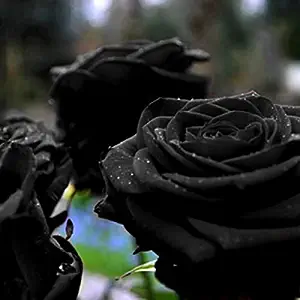
Requires full sun, well-drained soil, and regular watering. Available at Amazon.
African Football Lily (Agapanthus):
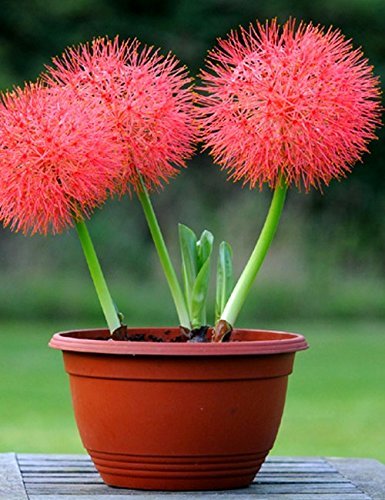
Prefers full sun to partial shade and well-drained soil. Available at Amazon.
Chiku Plant (Manilkara zapota):
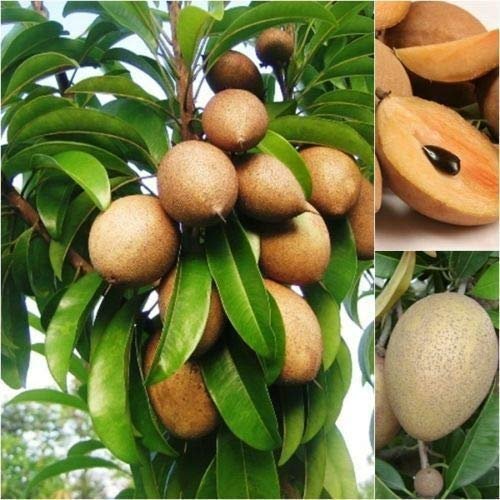
Needs full sun, well-drained soil, and regular watering. Available at Amazon.
Pynabi Camellia Pink Perfection:
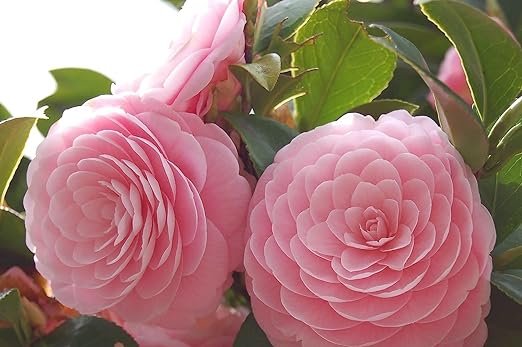
Thrives in partial shade, acidic soil, and needs protection from extreme cold. Available at Amazon.
Cherry Plant (Prunus spp.):
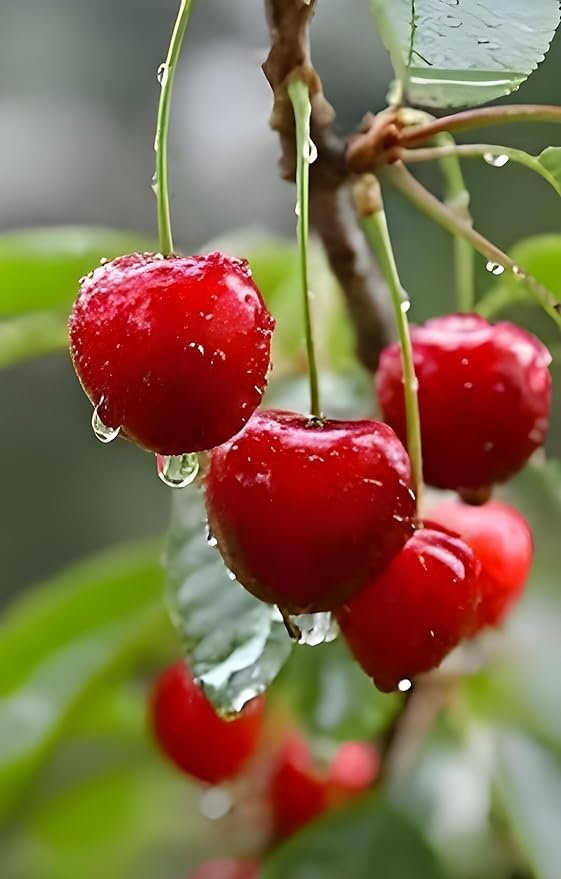
Requires full sun, well-drained soil, and regular watering. Available at Amazon.
Garden Layout
Sun Exposure: Map out the sunniest spots for plants like the black rose and chiku plant. Partial shade areas are ideal for the African lily and Camellia.
Soil Preparation: Ensure the soil is well-drained. Amend with compost or organic matter to improve fertility and structure.
Spacing: Plan for adequate spacing to avoid overcrowding, allowing each plant to grow to its full potential.
Soil Preparation
Testing Soil: Test the soil pH. Roses and cherries prefer slightly acidic to neutral soil, while camellias need more acidic conditions.
Amending Soil: Add compost or organic matter to improve soil structure. For acidic soil lovers like camellias, add peat moss or sulfur.
Planting
Black Rose:
Dig a hole twice the size of the root ball.
Place the plant, fill the hole with soil, and water thoroughly.
Plant rhizomes or seedlings in well-drained soil.
Space plants about a foot apart.
Plant in a sunny spot with well-drained soil.
Space trees about 15-20 feet apart if planting more than one.
Pynabi Camellia Pink Perfection:
Plant in partial shade.
Space plants about 6-8 feet apart.
Plant in a sunny spot.
Ensure adequate spacing based on the type (dwarf varieties can be closer together). Watering and Maintenance
Watering: Keep the soil consistently moist but not waterlogged. Newly planted specimens need more frequent watering.
Mulching: Mulch around plants to retain moisture and suppress weeds.
Pruning: Regularly prune to maintain shape and remove dead or diseased branches.
Fertilizing: Use appropriate fertilizers based on the specific needs of each plant. Roses, for instance, benefit from a rose-specific fertilizer.
Pest and Disease Management
Monitoring: Regularly check plants for signs of pests or diseases.
Natural Remedies: Use organic pesticides or natural predators to control pests.
Preventive Measures: Ensure good air circulation and avoid overhead watering to prevent fungal diseases.
Seasonal Care
Winter Protection: For plants sensitive to cold, provide winter protection using mulch, burlap wraps, or move potted plants indoors.
Flowering and Harvesting: Follow the specific guidelines for each plant regarding blooming seasons and fruit harvesting.
Aesthetic Arrangement
Color Coordination: Consider the color and bloom times to create a visually appealing garden.
Focal Points: Use rare plants as focal points to draw attention.
Garden Layout:
Black Rose: Central area with full sun.
African Lily: Around borders or in partial shaded spots.
Chiku Plant: At the garden’s edge where it gets full sun.
Pynabi Camellia Pink Perfection: Near the entrance or shaded corners.
Cherry Plant: In a sunny spot with enough room to grow.
By carefully planning and following these steps, you can create a beautiful and thriving garden with these rare plants.
